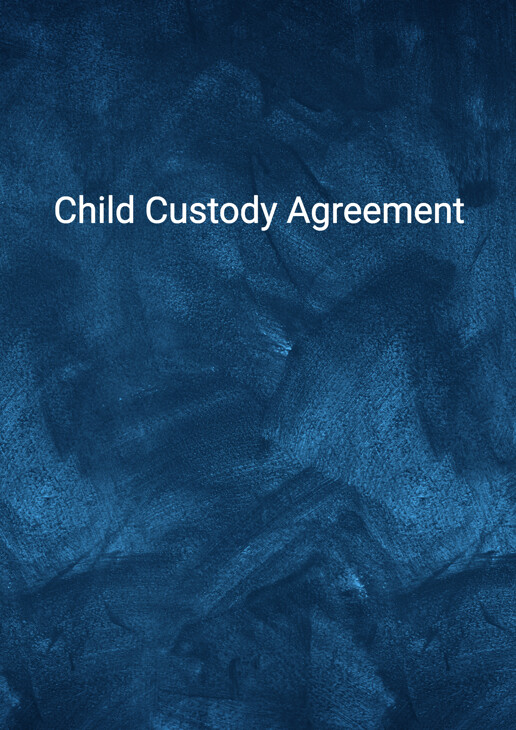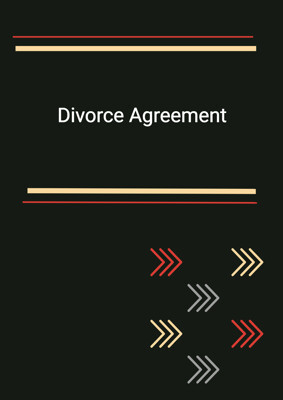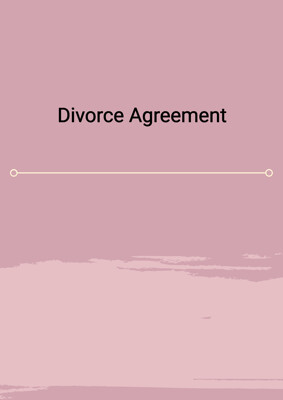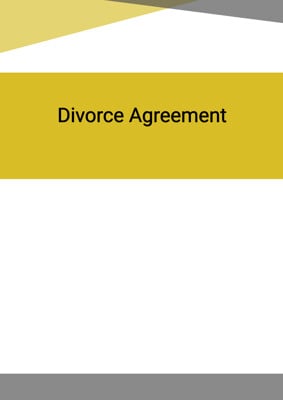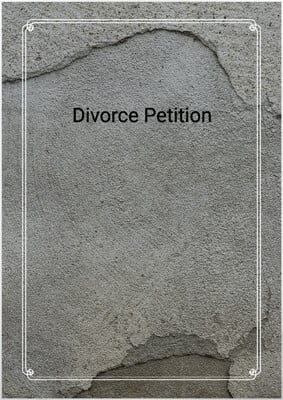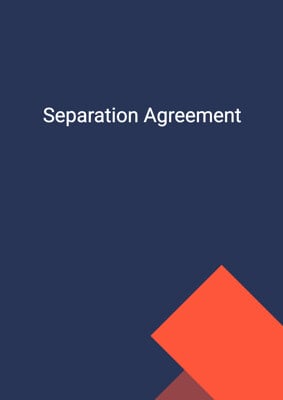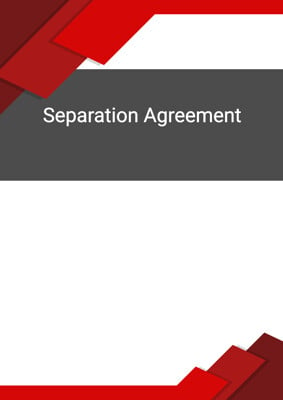How to Tailor the Document for Your Need?
01
Create Document
Fill in the details of the parties. You can click the "Fill with Member’s Information" button to complete it with information saved to your account.
02
Fill Information
Please fill in any additional information by following the step-by-step guide on the left hand side of the preview document and click the "Next" button.
03
Get Document
When you are done, click the "Get Document" button and you can download the document in Word or PDF format.
04
Review Document
Please get all parties to review the document carefully and make any final modifications to ensure that the details are correct before signing the document.
Document Preview
Document Description
The Child Custody Agreement is a legal document that outlines the terms and conditions relating to the care and custody of a minor child. It is made between two parties, referred to as the father and the mother, who are the parents or legal guardians of the child. The agreement begins with a brief introduction, stating the purpose of the document and confirming that no other minor child has been born during the marriage.
The agreement is divided into several sections, each addressing a specific aspect of the child custody arrangement. The first section deals with legal custody, stating that the mother shall have sole and exclusive legal custody of the child. This means that she has the authority to make all decisions regarding the child's upbringing, including matters of health, education, medical and dental care, and religion. However, it is emphasized that granting sole custody to the mother does not deprive the father of access to and information regarding the child.
The second section addresses physical custody, stating that the mother shall have primary physical custody of the child. The child will reside with the mother at her residential address, and she will have the authority to make routine and day-to-day decisions regarding the child. It is also mentioned that in the event of the mother's death or incapacity, the father will assume all responsibilities as the custodial parent.
The third section focuses on child support. It acknowledges that there is an existing child support order in place, which the father is responsible for paying. The details of the child support order, including the amount and payment schedule, are attached as Schedule 1 to the agreement. If there is a need to modify the child support order due to a substantial change in circumstances, the parties can agree to do so, but the changes must be approved by the court. The father is also responsible for expenses related to medical and dental insurance for the child, as well as reasonable expenses related to the child's schooling.
The fourth section outlines the visitation rights of the father. It specifies the visitation schedule and arrangements for exchanging the child between the parties. It also emphasizes that the father's visitation rights should not interfere with the child's education and normal social and school activities. The section allows for flexibility in modifying the visitation arrangements as needed, as long as any changes are agreed upon in writing and signed by both parties.
The fifth section addresses holiday, special days, and vacation arrangements. It specifies which holidays each party will have the child for, alternating between odd and even years. It also states that the parties will mutually agree on visitation arrangements for school breaks and special days. The father is granted up to two weeks per year of unrestricted access to the child for vacation, with the condition that he works with the mother to schedule the vacation on dates convenient for her.
The sixth section includes additional provisions related to parenting and communication between the parties. It emphasizes the importance of respecting each other's parenting skills and abilities and requires both parties to keep each other informed of their contact information and the child's school. It also authorizes both parties to access information, records, and reports pertaining to the child from various professionals, such as doctors and school officials. The section further addresses the issue of changing the child's residence and states that the agreement should be revisited if either party relocates. It also encourages the parties to resolve any differences through mediation before seeking court intervention.
The agreement concludes with standard clauses, such as a no waiver clause, an amendment clause, a severability clause, and an entire agreement clause. It also states that the agreement shall be binding upon and inure to the benefit of the parties and their respective legal representatives, heirs, administrators, executors, successors, and permitted assigns.
In summary, the Child Custody Agreement is a comprehensive document that covers all aspects of the care and custody of a minor child. It establishes the legal and physical custody arrangements, outlines the responsibilities of each party, addresses child support, visitation rights, holiday and vacation arrangements, and includes additional provisions for effective co-parenting and communication. By signing the agreement, the parties agree to abide by its terms and conditions and to work together in the best interest of the child.
How to use this document?
Guidance for using the Child Custody Agreement:
1. Familiarize yourself with the agreement: Read the entire agreement carefully to understand its provisions and the rights and responsibilities of each party.
2. Seek legal advice if necessary: If you have any questions or concerns about the agreement, consult with a family law attorney to ensure that your rights and interests are protected.
3. Fill in the necessary information: Enter the names and addresses of both parties accurately in the agreement. Provide the name and date of birth of the child as well.
4. Understand legal custody: Recognize that the mother will have sole and exclusive legal custody of the child, meaning she has the authority to make decisions regarding the child's upbringing. Understand that the father still has the right to access and information about the child.
5. Comply with physical custody arrangements: Acknowledge that the mother will have primary physical custody of the child, and the child will reside with her. Respect the mother's authority to make routine and day-to-day decisions regarding the child.
6. Fulfill child support obligations: If there is an existing child support order, ensure that the specified amount is paid to the mother on the designated schedule. Be aware of the additional expenses related to medical and dental insurance and the child's schooling that you are responsible for.
7. Adhere to visitation rights: Follow the visitation schedule and arrangements outlined in the agreement. Avoid interfering with the child's education and normal activities during visitation periods.
8. Plan for holidays and vacations: Coordinate with the other party to determine the specific arrangements for holidays, special days, and vacation periods. Make sure to schedule vacation time in a way that is convenient for the mother.
9. Maintain effective communication: Keep each other informed of your contact information and the child's school. Respect each other's access to information, records, and reports pertaining to the child.
10. Seek mediation for dispute resolution: If any issues or disagreements arise, attempt to resolve them amicably between yourselves. If necessary, consider mediation as a means of resolving conflicts before resorting to court intervention.
11. Keep a copy of the agreement: Make sure to keep a copy of the signed agreement for your records. It is a legally binding document that should be easily accessible if needed in the future.
Note: This guidance is provided for informational purposes only and does not constitute legal advice. It is recommended to consult with a qualified attorney for specific legal guidance regarding your situation.
Not the right document?
Don’t worry, we have thousands of documents for you to choose from:
